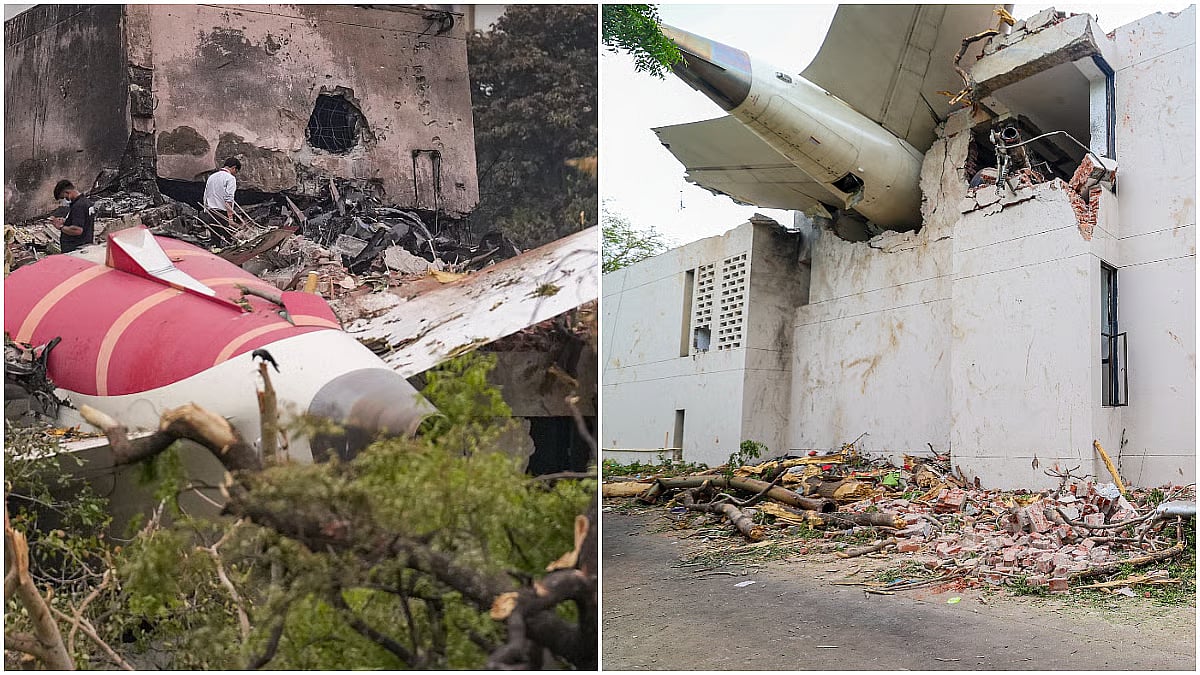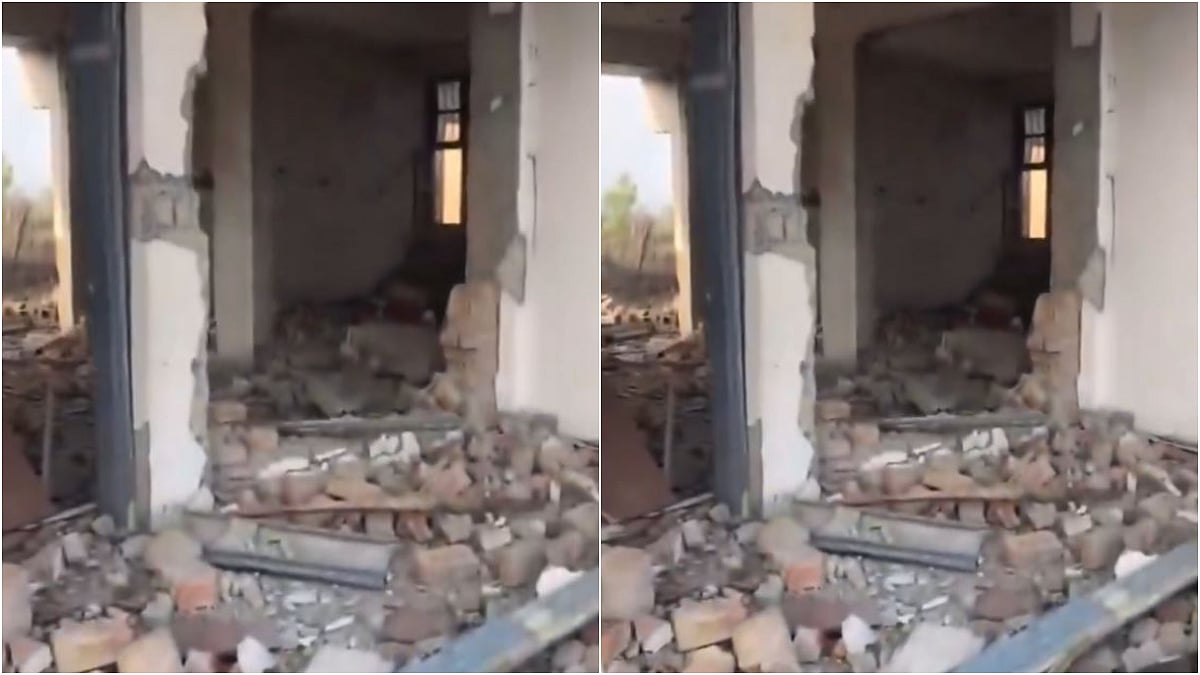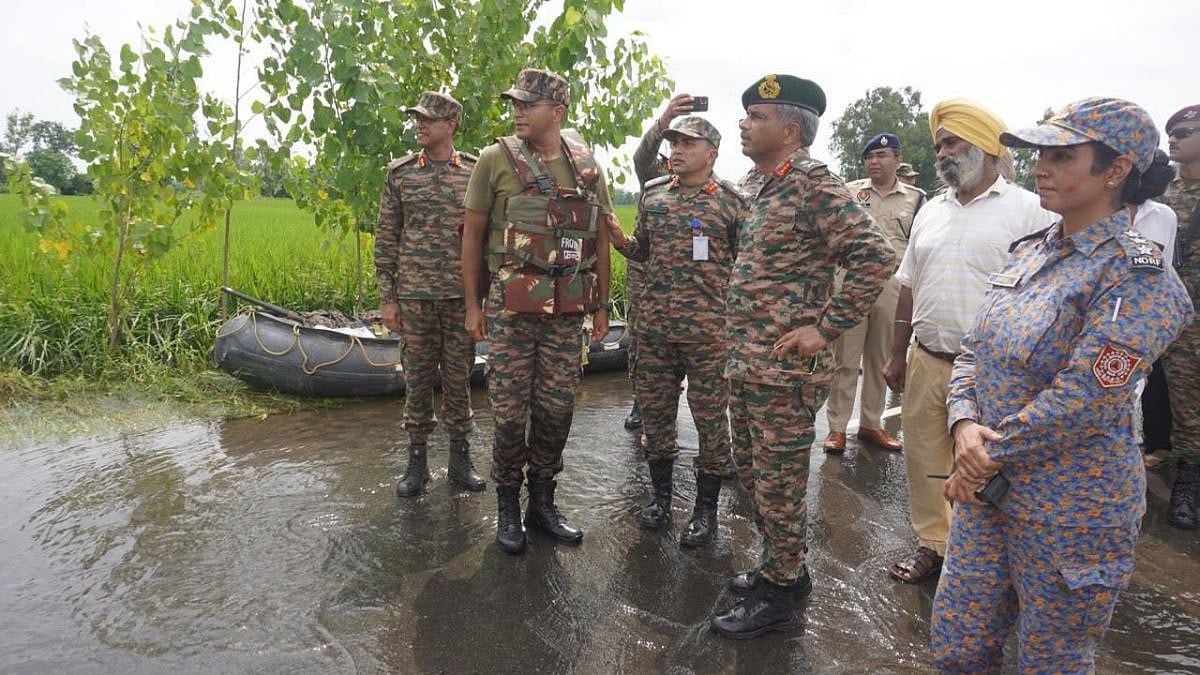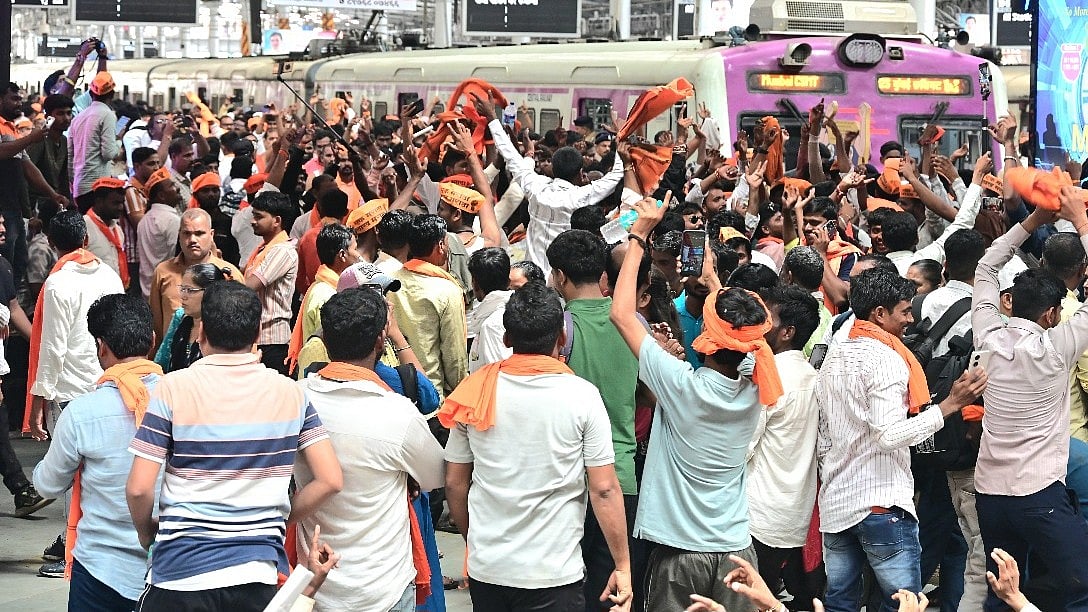The preliminary report by the Aircraft Accident Investigation Bureau, constituted by the Ministry of Civil Aviation, has been submitted to the Public Accounts Committee in just about 30 days. Various hypotheses of bird hit, adverse weather, fuel contamination, sabotage, over-weight of the aeroplane, and fatigue of pilots have been ruled out. One of the salient remarks is that the cause of the crash is power loss of both engines simultaneously at an altitude of 625 ft. (height of 435 ft. elevation of Ahmedabad being 190 ft.) following a transition of both ‘ fuel control switches’ (Fuel Control Lever) from RUN (up) to CUT OFF (down) position.
These FCL switches are electrical and of lock and toggle type, implying that they are normally in the locked position and cannot be moved unless they are deliberately pulled out and moved and locked into the new position. They are periodically operated by pilots by starting engines before a flight and shutting them off after the flight. The maintenance team also operates these switches during their maintenance schedules for the plane's engines. In case of engine failure, the affected engine is devoid of fuel supply, which stops the spread of fire.
The following important issues remain unanswered in the preliminary report. On a normal takeoff, the PNF (pilot not flying) calls out 4 speeds, viz. 80 kts. when all engines are stabilised, V1, a decision speed (go-no-go), Vr, rotation speed which causes the nose to lift off the runway and begin climbing, and V2, a target safe speed even if there is loss of one engine. Thereafter, the PF (Pilot Flying) sees a Positive Rate of Climb on his VSI (vertical speed indicator) and calls out ‘ positive rate of climb, gear up’. The PNF confirms a positive rate of climb on his VSI and raises the undercarriage lever (also a lock and toggle switch). These calls have been omitted in the preliminary report. Why was the landing gear in the down position all the way till the crash?
Whereas it should have been retracted at approximately 50 ft. Who called MAYDAY (x 3)? The CVR readout can ascertain that. Both pilots must have felt the loss of power on both engines and noticed FCL in cut off position and tried to relight them by moving them to ‘run’ position and did not succeed satisfactorily, leading to the fatal crash in line with take off path within 32 seconds of lift off. Then FCL levers should have been found in ‘run’ position and not in ‘cut off’ position. A vital question is what was the position of FCL at the time of the engine failure? The design of FCL is such that they can be moved only by deliberate and wilful attempts through manual intervention.
The pilot(s) may have moved it down and up in an attempt to relight the engines, but it takes time, which they didn’t have. Likewise, the throttles should have been in the forward position of takeoff and not in the idle position, since the takeoff phase was yet to be completed. The automatic deployment of RAT (ram air turbine) and starting of APU (auxiliary power unit) is an indication that the electrical system had failed, and consequently hydraulic system to operate flight controls, and they were thus being operated by these two sub-systems. Then why should FCL move to ‘cut off’?
The theory of pilot cutting off FCL is very far-fetched. During take off, the PF has one hand on the throttle and one or both hands on control wheels; whereas PNF is also monitoring the performance and progress of take off in this highly critical and extremely dynamic phase. The mystery of this crash revolves around the FCO, and hopefully, the air travelers will know the exact cause of the crash in the final report of AAIB.
The author is a former IAF pilot and former Dy Director, Flight Safety, Air India, with over 19000 hours.










